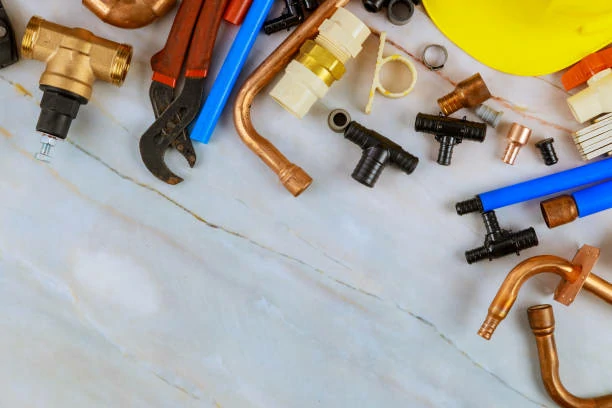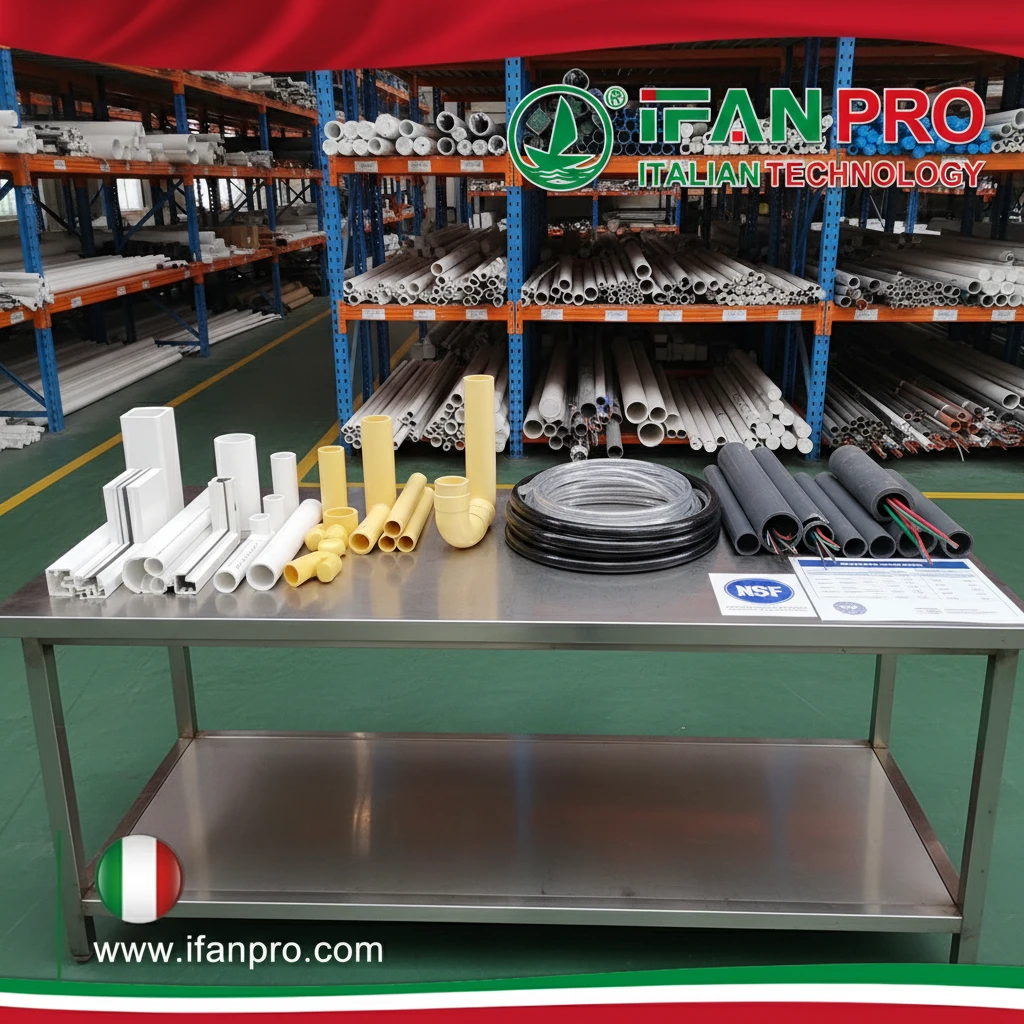PEX crimping tools provide a reliable method for creating secure connections in PEX plumbing systems. Proper use of these tools ensures leak-free joints and a durable installation. This guide will walk you through the steps and considerations for using PEX crimping tools effectively.
Understanding PEX Crimping Tools
PEX crimping tools are designed to crimp copper or stainless steel rings onto PEX tubing, securing it to brass or plastic fittings. Key components include:
- Crimp Rings: Typically made of copper, these rings compress the PEX tubing around the fitting.
- Crimp Tool: A specialized tool that applies even pressure to the crimp ring.
- Go/No-Go Gauge: A gauge used to verify the crimp’s accuracy.
Gathering Necessary Materials
Before starting, ensure you have all required materials:
- PEX tubing
- PEX fittings (brass or plastic)
- Copper or stainless steel crimp rings
- PEX crimping tool
- Go/No-Go gauge
- PEX tubing cutter
Cutting the PEX Tubing
Begin by cutting the PEX tubing to the desired length. Follow these steps:
- Measure Accurately: Use a tape measure to determine the correct length.
- Cut Straight: Use a PEX tubing cutter to make a straight, clean cut. Avoid using a saw or knife, as these can create uneven edges.
Preparing the Tubing and Fittings
Preparation is key to a successful crimp connection:
- Inspect the Cut: Ensure the cut end of the PEX tubing is smooth and free of burrs.
- Slide the Crimp Ring: Slide a crimp ring over the end of the tubing, positioning it about 1/8 inch from the tubing’s end.
- Insert the Fitting: Fully insert the PEX fitting into the tubing until it reaches the tubing’s edge.
Crimping the Connection
With the tubing and fitting prepared, proceed to crimp the connection:
- Position the Crimp Tool: Open the crimp tool’s jaws and place them around the crimp ring.
- Ensure Proper Alignment: Align the tool’s jaws evenly over the crimp ring. Ensure the ring is 1/8 inch from the tubing end.
- Apply Pressure: Squeeze the crimp tool handles until the jaws close completely, compressing the ring around the tubing and fitting.
- Release the Tool: Open the tool’s jaws and remove them from the crimped ring.
Verifying the Crimp
After crimping, use the Go/No-Go gauge to verify the connection:
- Check the Crimp: Slide the Go/No-Go gauge over the crimped ring. The “Go” side should fit snugly, while the “No-Go” side should not fit.
- Re-Crimp if Necessary: If the crimp does not pass the gauge test, cut the tubing, discard the failed crimp ring, and repeat the process with a new ring.
Inspecting and Testing the Connection
Ensure the connection’s integrity before moving on:
- Inspect Visually: Check the crimped ring for uniform compression and absence of gaps.
- Pressure Test: Conduct a pressure test on the plumbing system to confirm the crimped connections are leak-free.
Tips for Successful Crimping
Follow these tips for optimal results:
- Use Quality Materials: Invest in high-quality PEX tubing, fittings, and crimp rings.
- Maintain Tools: Keep the crimp tool clean and well-maintained for consistent performance.
- Practice: Practice crimping on spare tubing and fittings to gain confidence and proficiency.
Troubleshooting Common Issues
Address common crimping problems effectively:
- Uneven Crimping: Ensure proper tool alignment and full compression of the tool handles.
- Leaks: Verify the ring position and the complete insertion of the fitting. Re-crimp if necessary.
- Difficult Crimping: Check for worn or damaged tool components and replace as needed.
Safety Precautions
Observe safety measures during crimping:
- Wear Safety Gear: Use safety glasses and gloves to protect against potential hazards.
- Handle Tools Safely: Use the crimp tool according to the manufacturer’s instructions to avoid injury.
Conclusion
Using PEX crimping tools correctly ensures secure, leak-free connections in PEX plumbing systems. By following this comprehensive guide, you can achieve professional results, enhancing the reliability and durability of your plumbing installations. Proper crimping techniques and attention to detail are crucial for successful PEX plumbing projects.
Connect
IFAN is a Chinese manufacturer of plastic pipes, fittings and valves with 30 years of experience. If you are interest in IFAN copper fittings, copper valves, plastic pipes and fittings, please contact us. IFAN offers you a variety of standard pipes to meet your specific needs. Click below to learn more about IFAN’s wide range of affordable and cost-effective valve products and piping system related products.
We will reply your email or fax within 24 hours.
You can call us at any time if there is any question on our production.
For more information,pls visit our webside https://ifanpro.com/
Pls Mailto: [email protected]
Whatsapp: + 86 19857948982














Recent Comments